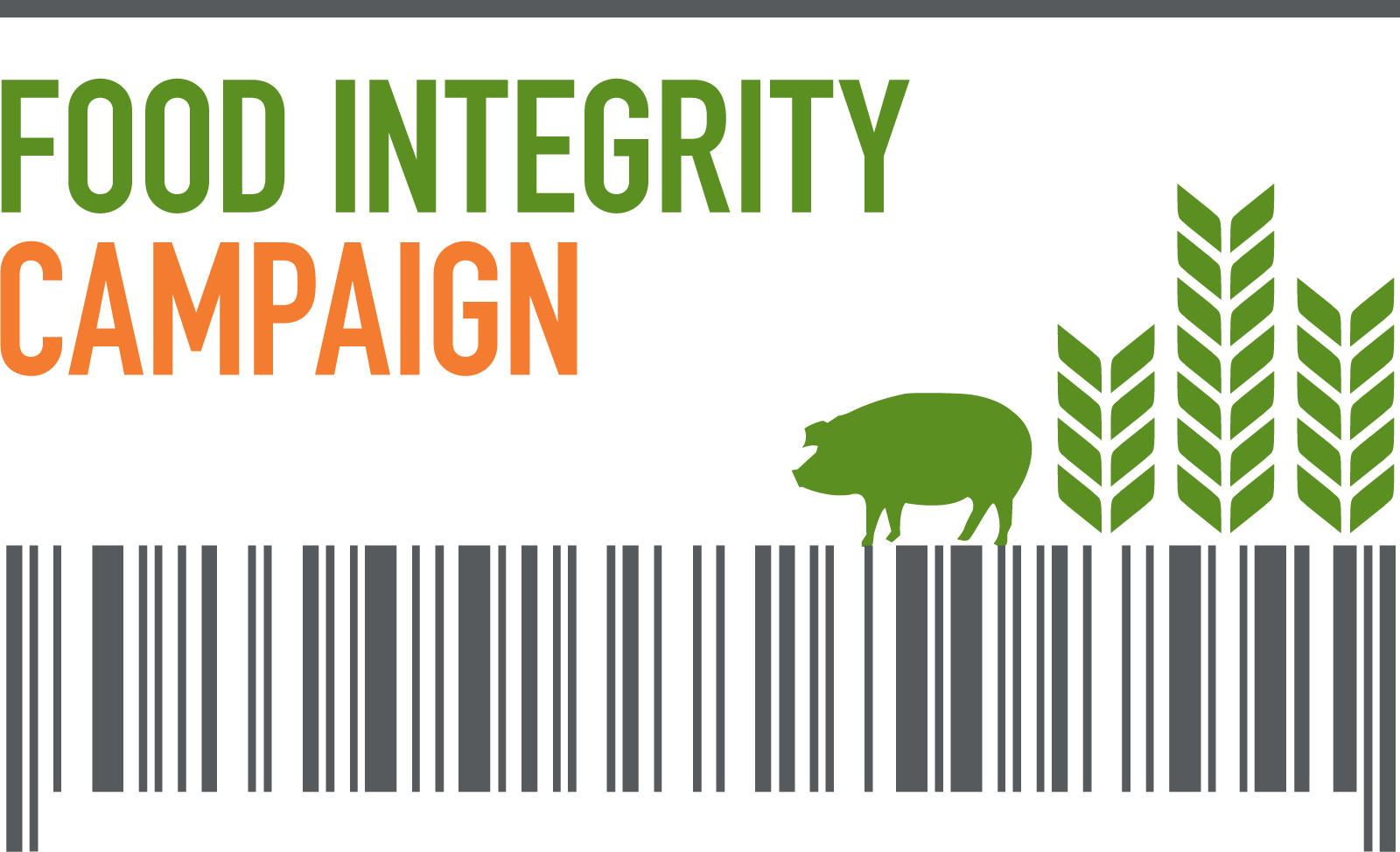by Ron Nixon
WASHINGTON — The Agriculture Department’s plan to change its poultry inspection procedures relied on incomplete and antiquated data, according to a new report by the Government Accountability Office released on Wednesday.
The new rules will allow workers at plants, rather than agency inspectors, to examine birds on processing lines for blemishes or feces.
The department is in the process of publishing final policies for the inspection program — which has been done in pilot programs at 20 poultry plants since 1998 — for use at poultry plants across the country. But the G.A.O. said the lack of data about how the inspections have worked at test sites raised questions about the department’s contention that the procedures would be more effective in protecting food safety.
Currently, Agriculture Department food safety inspectors are stationed along the processing lines in poultry plants, where they examine the birds for visible defects.
Under the new plan, the agency would hand over these duties to poultry plant employees, while the inspectors would spend more time evaluating the plant’s bacteria-testing and other safety programs. The rules would also allow for faster line speeds.
Senator Kirsten E. Gillibrand, Democrat of New York, asked the G.A.O. to review the Agriculture Department’s proposal last year after the department said it would expand the program beyond the current plants.
“This shows that the proposed rule is not formulated on a strong scientific basis and assumptions made in the proposed rule may not be correct,” Ms. Gillibrand wrote in a letter to the Agriculture Department.
Dr. Elisabeth A. Hagen, under secretary for food safety at the Agriculture Department, said in an interview that the agency was already addressing some of the issues raised by the report. She also said the department agreed with the G.A.O.’s recommendations about additional data.
But Dr. Hagen said the G.A.O. failed to note that the new inspection system would prevent more than 5,000 people from becoming ill from food poisoning each year, particularly from salmonella. She added that the report also failed to mention that the system had been evaluated by a group of independent of experts, including poultry microbiology and poultry food safety experts, who found the new way of inspecting poultry would provide better food safety.
“The G.A.O. report in no way discredits what we are doing,” Dr. Hagen said.
Food safety groups, however, said the report validated the concerns they had about the program when it was first announced.
“The report found everything we are saying before and then some,” said Tony Corbo, a lobbyist at Food and Water Watch, a food safety group. “The report raises concerns about food and worker safety,” he said, asking how that could be construed as not contradicting what the department was saying.
Although the poultry industry applauded the proposed changes, the agency’s own inspectors have come out against them.
In affidavits given to the Government Accountability Project, a nonprofit legal assistance group for whistle-blowers, several inspectors who work at plants where the pilot program is in place said the main problem was that they were removed from positions on the assembly line and put at the end of the line, which made it impossible for them to spot diseased birds.
The inspectors, whose names were redacted, said they had observed numerous instances of poultry plant employees allowing birds contaminated with fecal matter or other substances to pass. And even when the employees try to remove diseased birds, they face reprimands, the inspectors said.
